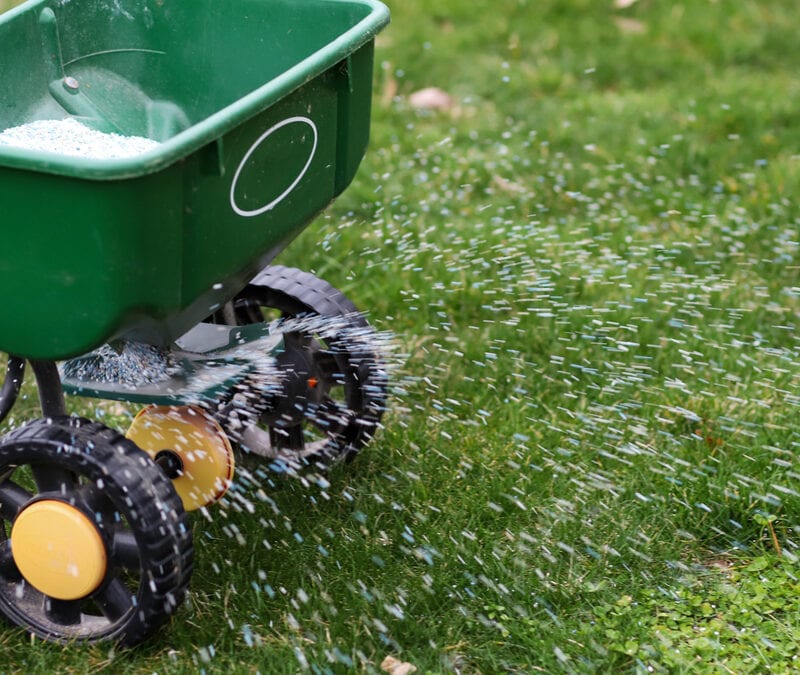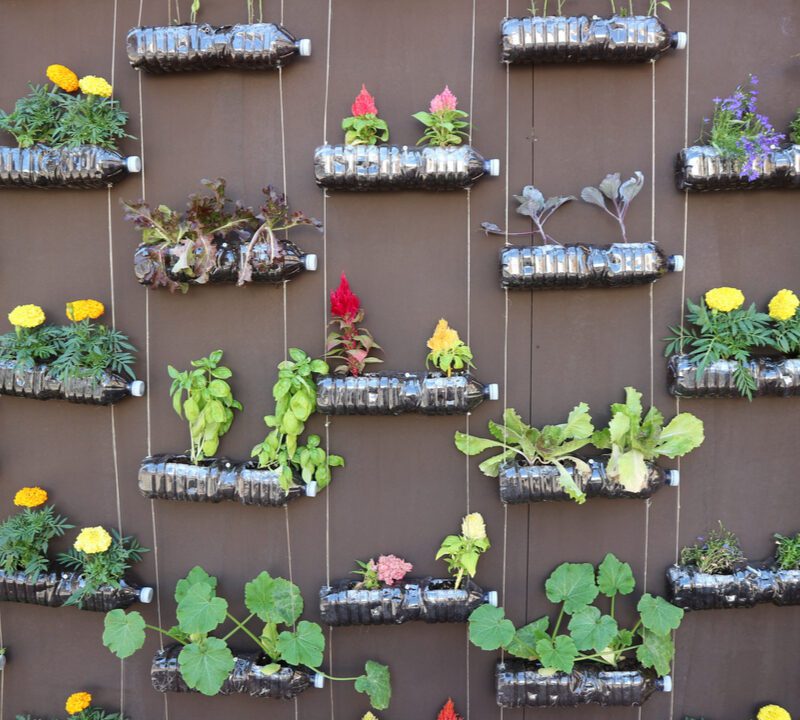- America's #1 lawn care company.
- 225-752-7252
Southern Lawn Care: Fertilizing Your Lawn in the Fall

Getting Your Mississippi and Louisiana Trees Ready For Winter
November 9, 2020
Winter Wildlife: How To Attract Birds To Your Yard This Season
December 7, 2020Fertilizing Your Lawn During Fall
In most places in the United States, grass goes dormant once winter arrives. Here in the south, our winters are a bit milder which means we need to care for our lawns longer. When looking for the right fertilizer check for the NPK value. N-P-K represents the amount of Nitrogen (N), Phosphorus (P), and Potassium (K) in the fertilizer. These numbers are important depending on the time of the year.
Why Does N-P-K Matter?
As we mentioned, fertilizers that you buy in the store use a three-number rating system that looks like this: 15-15-15, or 21-7-14. The numbers represent the fertilizer’s N-P-K value.
Nitrogen
- Foliage growth
- Produces lush, tender, green leaves
- Is easily flushed through the soil
- Nitrogen deficiency results in a yellow-green color and little or no growth
Phosphorous
- Promotes vigorous root growth
- Quickens the maturity of plants
- Promotes flower, fruit, seed development
- Remains in the soil for a long time
- Phosphorus deficiency results in slow or stunted growth
Potassium
- Makes plants tolerate colder temperatures
- More resistant to disease
- Assists in photosynthesis
- Leaches from the soil quickly
- Potassium deficiency can lead to weak stems and slow growth
How Plants Absorb Nutrients
Nutrients occur naturally in our soils, but depending on where you live, their levels can vary. Plants absorb water and nutrients through their root systems and send it up through the rest of the plant. When soil nutrients are out of balance it can affect the way your plants grow. When soil pH is out of balance it means your soil is either too acidic or too alkaline.
When soils are too acidic it prevents phosphorus, potassium, and other nutrients from being used by the plant. Luckily, soil acidity can be fixed by adding lime to your soil.
Alkaline soils contain a lot of sodium, calcium, and magnesium. Alkaline soil is less soluble so the availability of nutrients is often limited. This results in stunted growth and nutrient deficiency.
Test Your Soil
Before you fertilize your lawn it is essential that you test your soil so you know exactly what your grass needs. If your soil is too acidic or too alkaline, it will prevent your plants from absorbing nutrients. A soil test is a great way to determine whether you need to add fertilizer, aerate, or perform any other task.
When Should I Fertilize My Lawn?
The optimal time to fertilize your lawn depends on what type of grass type you have. Here in Tennessee and Mississippi, we have a mix of warm-season and cool-season grasses.
Warm-season grasses grow best here in the south where we experience mild winters. The best time to fertilize warm-season grasses is in spring and summer when the grass is actively growing. Warm-season grasses include your fescues, Bermudagrass, and zoysiagrass.
Cool-season grasses start growing in the early spring and fall when temperatures are cool. Fertilizing your lawn in fall will help grass and plants retain their green color well into the winter. Cool-season grasses include bluegrass and ryegrass.
Call The Lawn Care Experts At TruGreen Midsouth
At TruGreen, we can help you answer any of your lawn care questions and concerns. Call today and let’s get you signed up for next year’s lawn care program.
Call us at 225-465-0665 if you are a Louisiana client, but if you’re from Mississippi, call us at 662-330-1330. Or get a free and easy quote here. Get access to all our tips on pest control, lawn care, tree care, and more by following our monthly blog. Check us out on Facebook for the latest TruGreen deals and news in your area.




